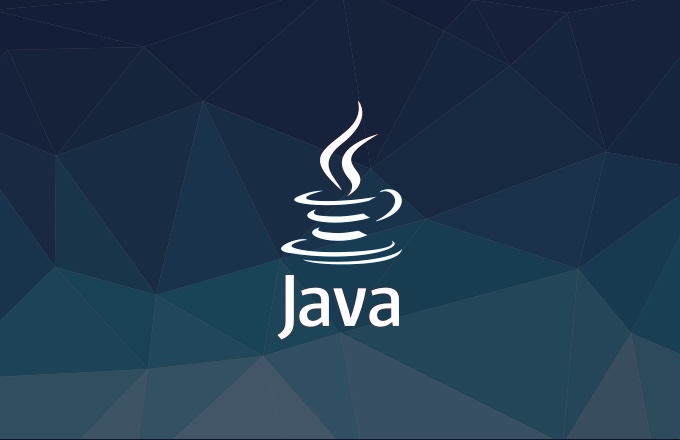
Java
Java has many features, but the key one is the principle of translating code into a special bytecode that is not tied to the platform. Subsequently, this bytecode is processed by the JVM. This factor distinguishes Java from other interpreted languages like Perl, PHP, etc. In them, the code immediately goes to the interpreter. On the other hand, Java is also not an exclusively compiled language (like C-like).
Due to the unusual architecture, cross-platform and portability of Java-based applications is achieved. Such products can be run on Windows, Linux, Mac OS and you don’t even need to recompile the code for this. The JVM implementation may differ on all platforms, but the principle and flow of execution remains the same.
In terms of syntax, Java is close to the C languages, very much like C # and C ++. If you have knowledge of one of the C-like languages, understanding Java will not be difficult.
The next important feature of the language is that it automatically collects all garbage and removes it from memory. In practice, this means that Java removes unused and obsolete objects from memory without additional commands. In other languages, this has to be done manually, periodically writing the appropriate commands.
